Navajo rugs
The more I travel and I see the effects of globalization, the more I am moved by strong manifestations of cultural identity, in particular through the arts and crafts.
My friend Paula Stussy recently posted on Instagram a beautiful photo taken at Shiprock gallery in Santa Fe and this reminded me of the unique and bold designs of the many Navajo and Zapotec rugs in our home in California.
I have always been surrounded by and collected antique textiles…..rugs, wall hangings, batiks, sarongs, saris, boutis…..and soon I will also write about Lola Colonel’s incredible rugs from the Atlas mountains in Morocco and Florence Maeght’s boutis at Le Rideau De Paris.
Above: A selection of Navajo rugs at Shiprock. Photo courtesy of Paula Stussy.
I was introduced to Navajo culture when I first moved to Los Angeles in 1989. The house in which I lived at the time had many beautiful Navajo pieces; textiles, carved wood and decorative pottery blended subtly with the Mission furniture and the Spanish Colonial architecture. The house next to us was by Frank Lloyd Wright. Soon my favorite museum in Los Angeles became the Autry Museum where I learnt about the art, history, and cultures of the American West. The Autry’s collection of more than 500,000 pieces of art and artifacts is one of the largest and most significant collections of Native American materials in the United States.
From Wikipedia: Navajo rugs and blankets are textiles produced by Navajo people of the Four Corners area of the United States. Navajo textiles are highly regarded and have been sought after as trade items for over 150 years. Commercial production of handwoven blankets and rugs has been an important element of the Navajo economy. As one expert expresses it, “Classic Navajo serapes at their finest equal the delicacy and sophistication of any pre-mechanical loom-woven textile in the world.”
Below: Navajo women weaving one of the very large rugs for which Southern Navajo (Ganado district) Indians are famous. Southern Navajo Agency, 1933
Navajo textiles were originally utilitarian blankets for use as cloaks, dresses, saddle blankets, and similar purposes. Toward the end of the 19th century, weavers began to make rugs for tourism and export. Typical Navajo textiles have strong geometric patterns. They are a flat tapestry-woven textile produced in a fashion similar to kilims of Eastern Europe and Western Asia, but with some notable differences. In Navajo weaving, the slit weave technique common in kilims is not used, and the warp is one continuous length of yarn, not extending beyond the weaving as fringe.
Below: Navajo winter hogan with blanket used as a door, 1880-1910.
Below: Navajo rugs, blankets and children. Western History/Genealogy Department, Denver Public Library. 1904/1932.
Above: Parting Friends by The Pennington Studio. 1920’s.
Below: Eduard Curtis. The Navajo Loom 1907.
Below: Yei Textile, c.1950 from Shiprock, Santa Fe.
Below: Late Classic Blanket, c.1880 from Shiprock, Santa Fe.
Below: Teec Nos Pos Textile, c.1930 from Shiprock, Santa Fe.
Below: Indian Head Pictorial, c.1930’s. Shiprock Santa Fe.
Below: Ganado Textile, c. 1920-1930. Shiprock Santa Fe.
Below: Ganado Region textile, c.1920. Shiprock Santa Fe.
Below: Navajo Bisti Region Rug, c.1930. Shiprock, Santa Fe.
Below: Red Mesa Textiles, c.1940. Shiprock Santa Fe.
Below: A Navajo-Churro sheep. Hand-spun wool from these animals was the main source of yarn for Navajo blankets.
The Navajo-Churro, or Churro for short, is a breed of domestic sheep originating with the Spanish Churra sheep obtained by the Navajo Indian, Hopi and other Native American tribes around the 16th century during the Spanish Conquest. The breed is renowned for its hardiness and adaptability to extremes of climate. Its wool consists of a protective topcoat and soft undercoat. Some rams have four fully developed horns, a trait shared with few other breeds in the world. The Navajo-Churro has also gained popularity with its low-maintenance reputation, resistance to disease, and lean meat. Some say they are very personable. Ewes often bear twins. This breed, also known as the American or Navajo Four-Horned sheep, is raised primarily for wool.
And below, the description of Shiprock, a most wonderful treasure trove and gallery in Santa Fe, New Mexico:
Shiprock Santa Fe gallery, located on the historic Santa Fe Plaza, is rooted in the rich artistry, cultures and traditions of the Navajo and other Native American tribes of the Southwest. Taking inspiration from the Navajo legend of Shiprock, a sacred volcanic rock formation believed to have once been a great-winged bird that carried the Navajo peoples to northwestern New Mexico, the gallery spans place and time—merging historic and contemporary Native American art with modern mid-century furnishings in an eclectic gallery aesthetic.
For more than 20 years, fifth-generation art dealer Jed Foutz, who was raised on the Navajo Nation in a prominent family of Indian art traders, has refined his singular vision into Shiprock Santa Fe’s specialty collection of historic and contemporary textiles, jewelry, pottery, sculpture, basketry, folk art and fine art by leading Native American artists.
Collectible furniture by such iconic designers as Charles and Ray Eames, George and Mira Nakashima adds an unexpectedly modern touch to Shiprock’s classic Native American selection, while exhibitions by noted modern-day artists keep the gallery on the cutting edge of art and design.
Shiprock Santa Fe’s unique vintage-modern mix offers creative opportunities for building your own singular collection. Shiprock’s knowledgeable staff is available to assist you, including providing full appraisal services and collections evaluation. We also purchase individual items and full collections.

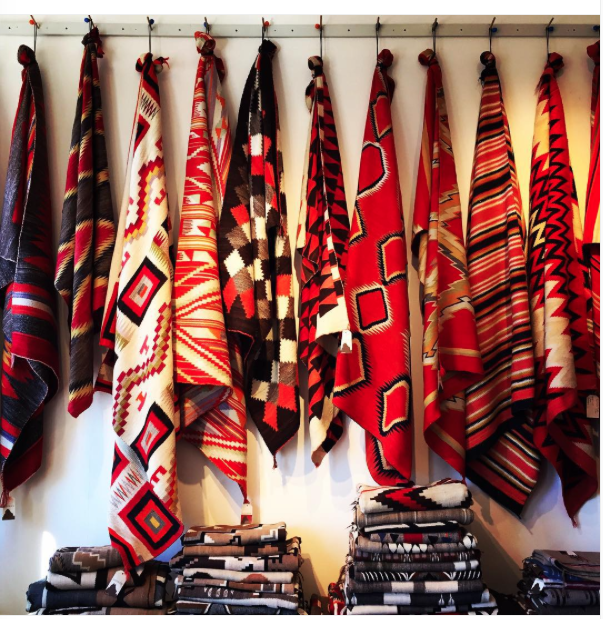



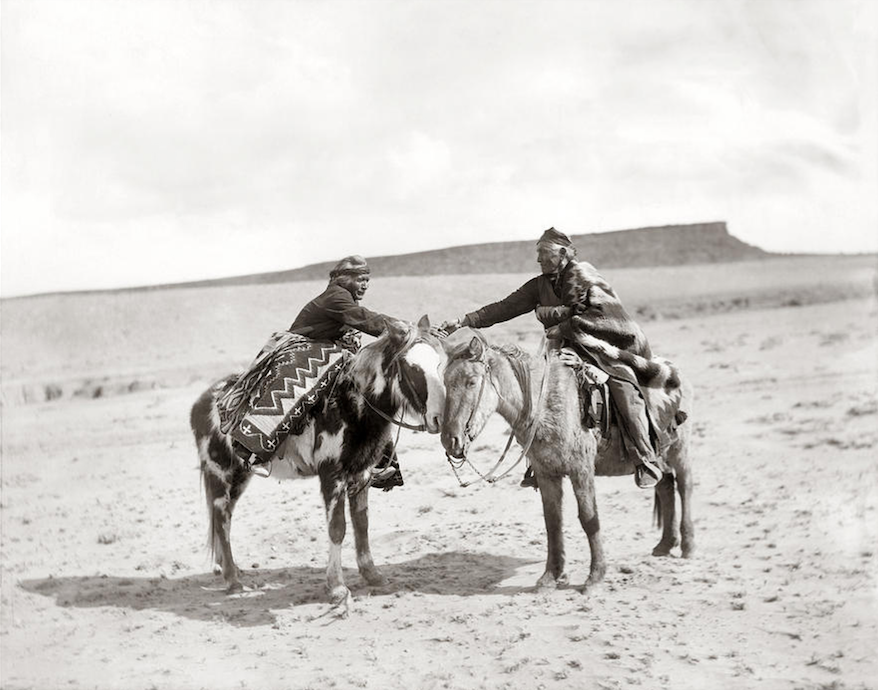
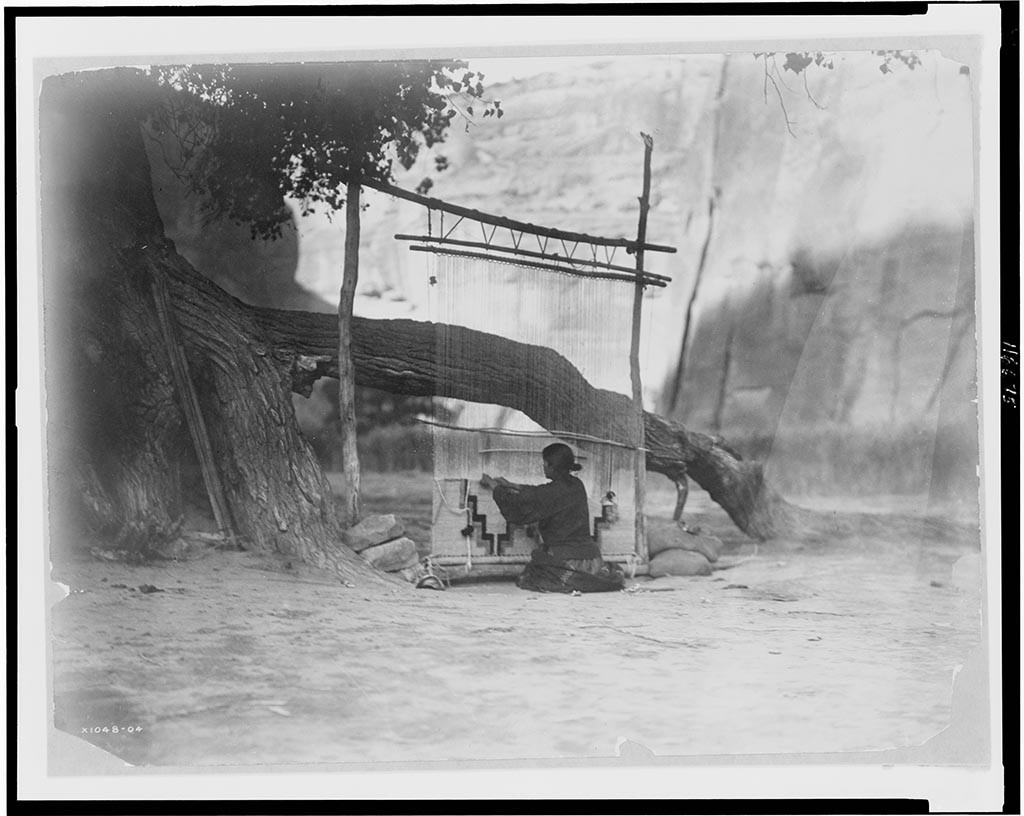
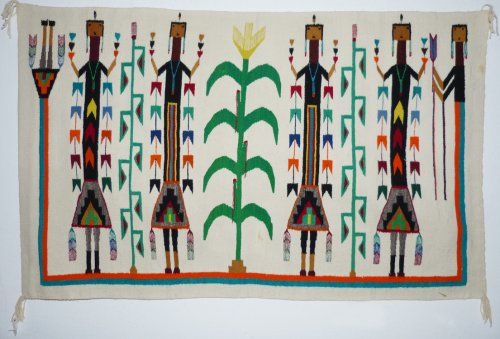
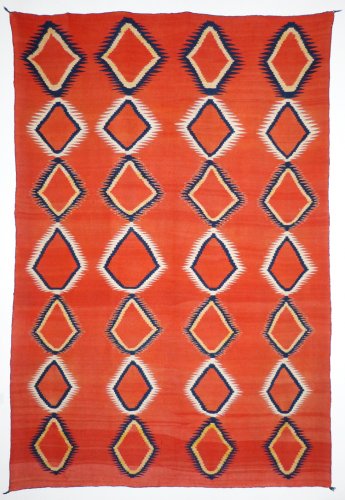


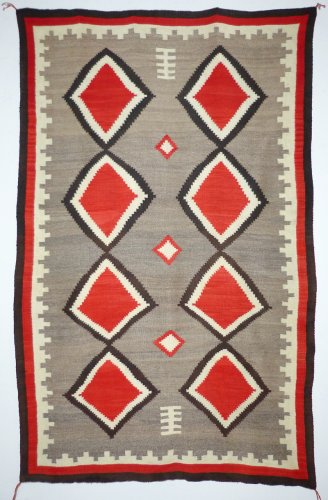

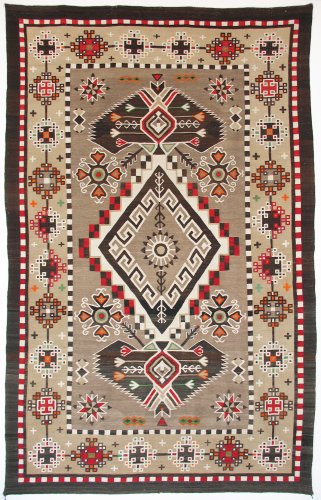
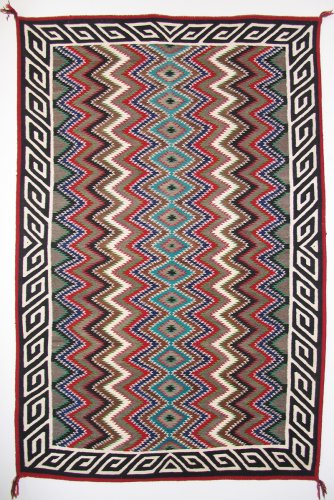
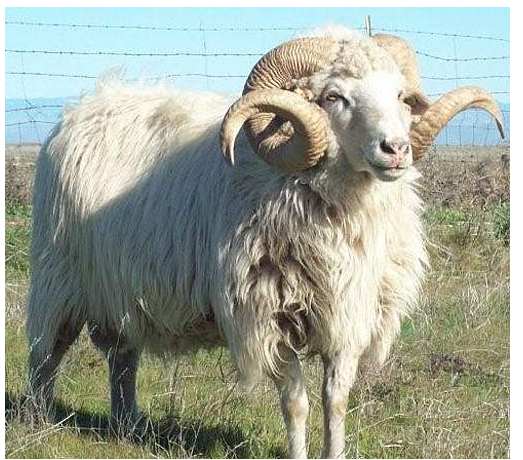
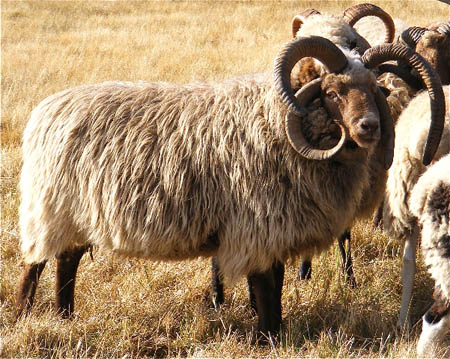

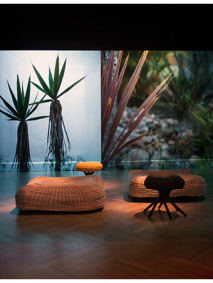

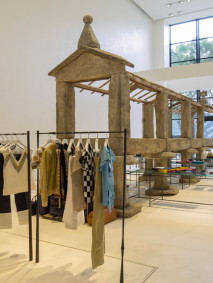
This is such a great post Eugenia! I love the old photos!!!
having just been in New Mexico I have fallen hard for the cultures, crafts, colours and light of the desert. So much beauty there I can’t wait to go back and explore more. The rugs at Shiprock are insanely beautiful you will want them all!! eat at Eloisa the food is fabulous! xx
Que maravilla de alfombras y artículo. Y con la lana de las ovejas Churras españolas !! Anda anda… el ganado español!!